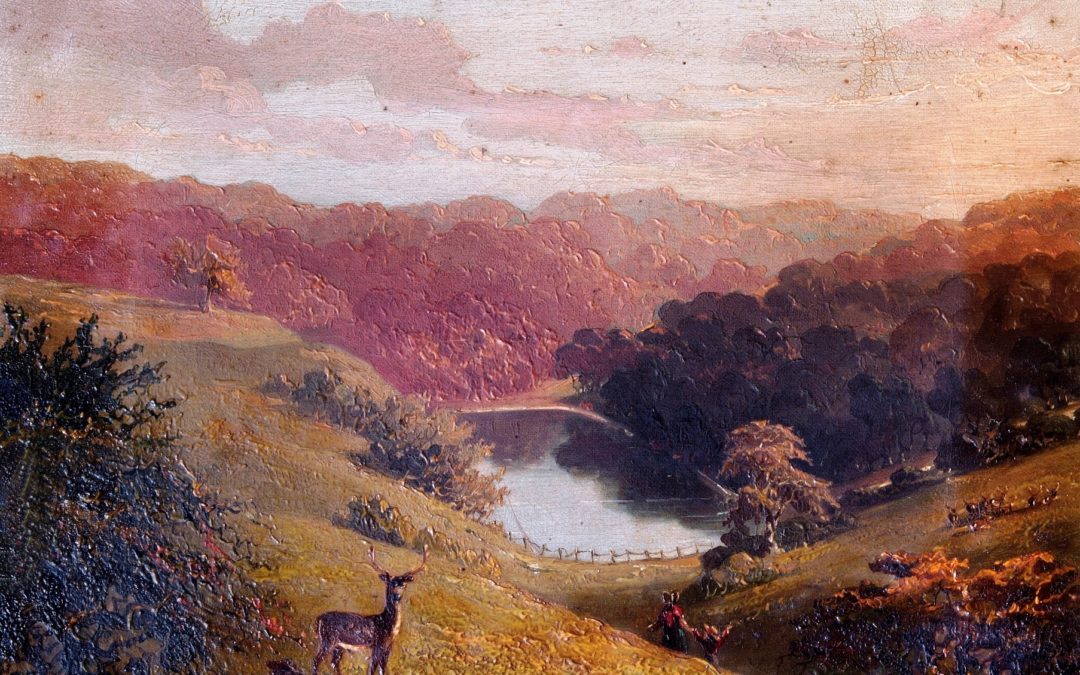A History of the County of Oxford
XIX: Wychwood Forest and Environs
Edited by Simon Townley
The latest volume in the Oxfordshire series of the Victoria County History (VCH) just been published by Boydell and Brewer is the 19th in the set describing this large and varied county. The dozen or so predominantly rural settlements covered in this volume lie in west Oxfordshire on the edge of the Cotswold Hills, occupying an area of some 19,515 a. between Charlbury and the Gloucestershire border.
Most are situated in the Evenlode valley, which cuts through the region from north-west to south-east and is divided by undulating downlands from the Windrush valley to the south. In the midst of the area was the large multi-township parish of Shipton-under-Wychwood, which was broken up in the 19th century, but which earlier formed the nucleus of a large Anglo-Saxon royal estate and minster parochia. Cutting across the Shipton complex on the higher ground was the 4,400-a. royal forest of Wychwood, the bulk of which remained Crown property until its disafforestation and clearance in the 1850s, leaving a residue of private woodland (still known as ‘Wychwood forest’) in the north-east near Cornbury park.
Until its partial clearance in the 1850s Wychwood forest, set in an undulating landscape on the edge of the Cotswolds, was one of the great royal forests of England, comparable with Savernake, Rockingham, or Whittlewood. The area subject to forest law was at times much greater, stretching far beyond this area to cover much of west Oxfordshire in the late 12th and early 13th centuries, while a fringe of privately-owned woods on the forest’s edge remained part of the ‘forest purlieus’ until 1857. For administrative purposes the whole area belonged to Chadlington hundred, jurisdiction over which was attached to the Shipton estate.
This volume explores the history of the forest itself and of a dozen surrounding villages, of which Shipton-under-Wychwood was the centre of a large Anglo-Saxon royal estate and minster parish stretching across the area. Several villages were shaped by early woodland clearance, and most depended on the forest to varying degrees, supplementing traditional sheep-corn farming and small-scale industries such as pottery-making and quarrying. Neighbouring Cornbury park is well known for its nationally important 17th-century mansion house, and a slightly later country house survives at Bruern near the Gloucestershire border, on the site of a Cistercian abbey founded in 1147. Ascott-under-Wychwood acquired national notoriety in 1873 as home of the so-called “Ascott Martyrs”, imprisons for founding a branch of the National Union of Agricultural Workers and reflecting local agrarian difficulties.
VCH Oxfordshire XIX (Wychwood Forest and Environs) is available to buy from Boydell & Brewer. To get a 25% discount enter the code BB768 at the checkout, or download our offer leaflet. For more information on the VCH Oxfordshire project visit our webpages or follow us on Twitter

